FS Colour Series: Red Traviata Inspired by Howard Hodgkin’s Wild Pink
Hot, wild pinks like RED TRAVIATA were part of British contemporary painter Howard Hodgkin’s vocabulary for decades. He swept passages of daring pink across his huge paintings – and even onto the surrounding frames – in large, gestural strokes, nestling them in amongst an unlikely array of ultramarine blues, acid greens or deep ochre yellows. His daring and endlessly inventive approach to colour was a revelation, opening up visual dialogues that continue to fascinate audiences around the world today. These deeply personal symphonies in colour expressed the artist’s inner world of memories, thoughts, emotions and sensations, as he explained, “The only way an artist can communicate with the world at large is on the level of feeling.”
Hodgkin was born in London in 1932, and raised in Hammersmith Terrace. In an unlikely turn of events, he was evacuated to Long Island in New York for three years during World War II. It was here during museum visits that he first encountered the work of the artists who would colour his creative career – Henri Matisse, Pierre Bonnard and Edouard Vuillard. Following his return to England in 1943, Hodgkin’s parents enrolled him in private school, but he was restless and wild, eventually running away to pursue art. From 1949-50 Hodgkin studied painting at the Camberwell School of Arts and Crafts, followed by Bath Academy of Art from 1950-54.
In his early career, Hodgkin rejected the prevalent styles of Pop Art and the School of London, following his own independent path towards abstraction. During a trip to India in 1964, Hodgkin encountered Indian miniatures, and he was fascinated by their deep, intense and saturated colours. As well as collecting Indian art for the rest of his life, Hodgkin began emulating the patterns and colours of Indian art in his abstract paintings. He said of India, “It changed my way of thinking and, probably, the way I paint.” Mrs. Acton in Delhi, 1967–71 suggests a reclining figure in the left foreground, who looks out through an archway to a blazing sunset beyond. While Hodgkin had not yet reached his mature style of gestural abstraction, we see the foundations in place with this vivid array of hot pink, bright yellow, green and black.
Over the following decade, Hodgkin abandoned real world references for the invocation of internal emotions and experiences, conveyed through gestural marks and intense, burning colours. In 1984, Hodgkin represented Britain at the Venice Biennale, and in the same year, he made the wildly adventurous painting Portrait of the Artist, 1984. Here Hodgkin combines sensuous, dense patches of hot pink with streaks of blue and green, and a scattered pattern of yellow dots. Although the image might appear entirely abstract, the artist implies that he is documenting an aspect of his inner psyche with the title of the work. In many of his paintings of this era, Hodgkin made subtle allusions to the figurative world through the use of suggestive titles like this one.
In the later painting On the Edge of the Ocean, 1986-9, Hodgkin explores a simpler colour palette, combining cool ultramarine blue in oceanic waves with searing hot passages of red and pink. Made several decades later, towards the end of Hodgkin’s life, the deliciously rich Knitting Pattern, 2015-2016 combines bright raspberry pink with creamy off-white to form a central square, echoing these colours in muted shades as they form a bold, gestural frame around it. As with many of his paintings, Hodgkin explores the Matisse-like concept of inner and outer space, with the frame forming a solid window that opens out into a brave and adventurous world of great mystery beyond.





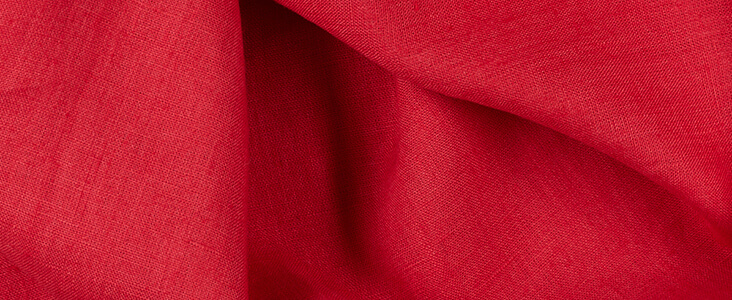
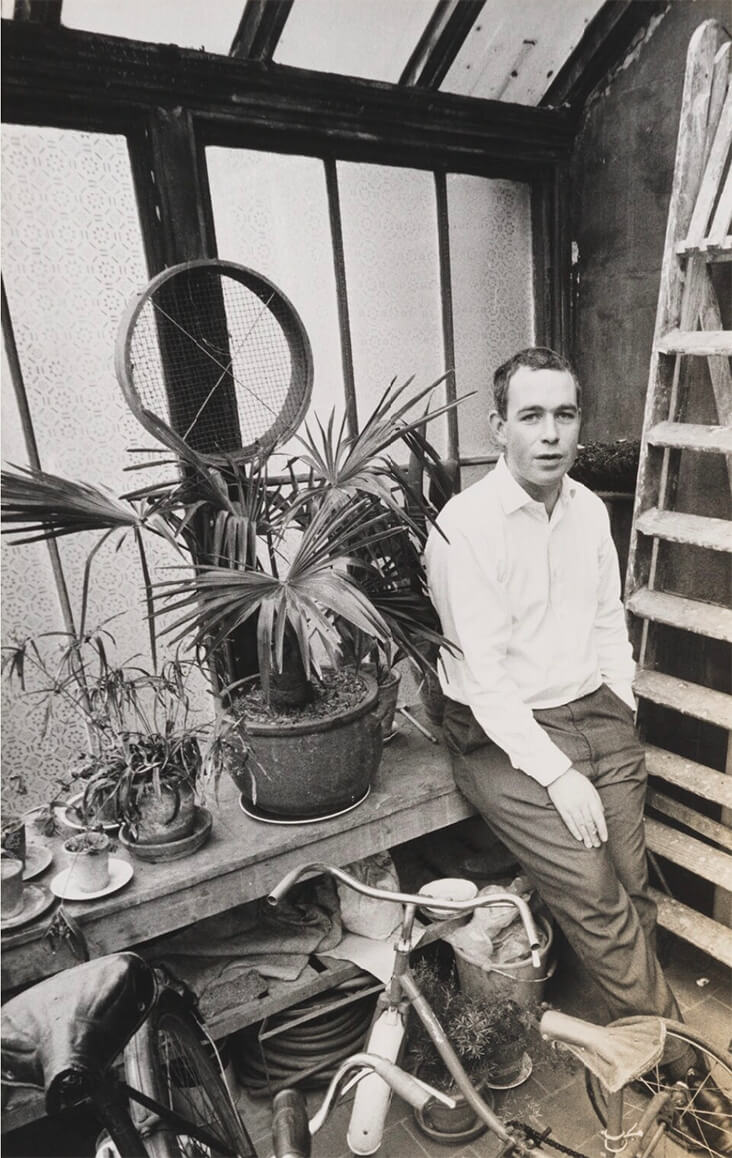
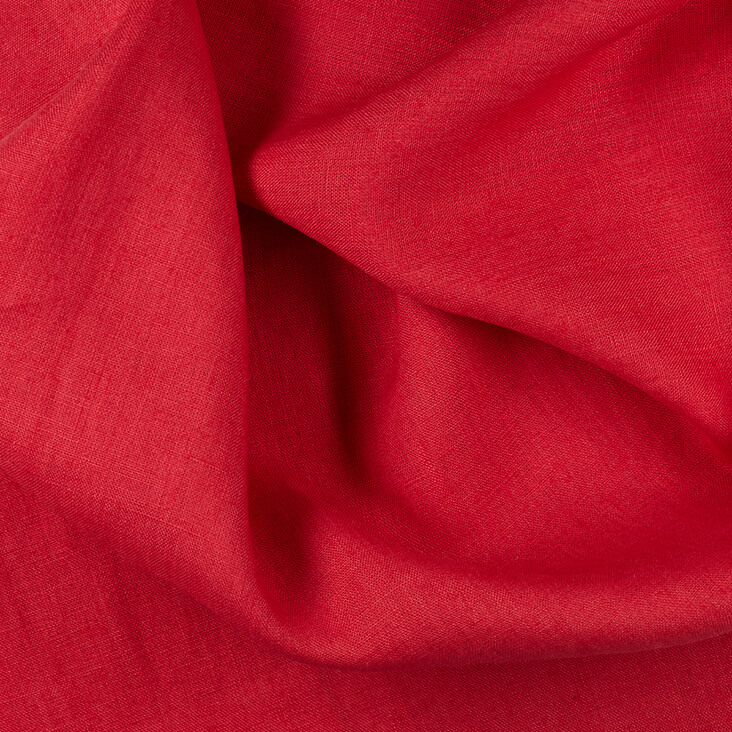

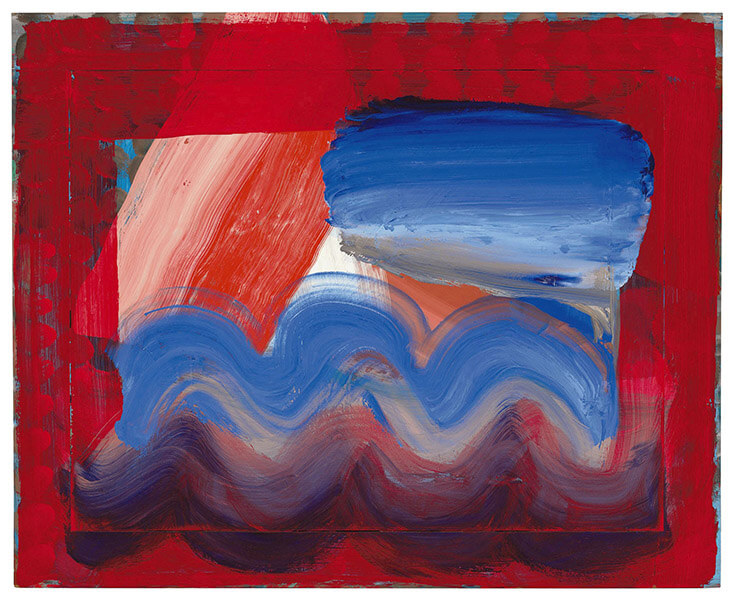
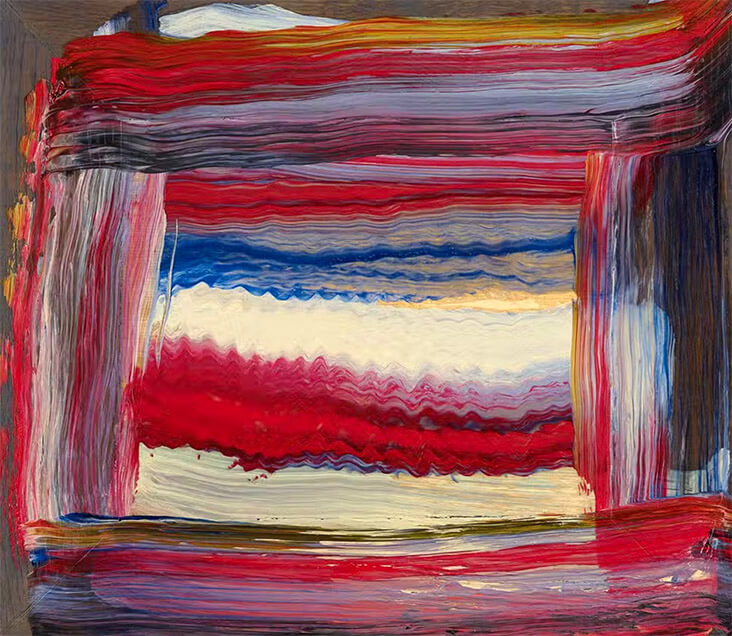




















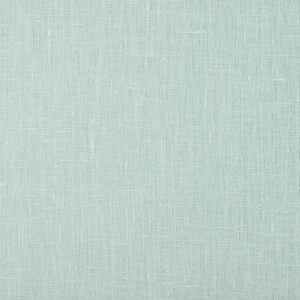


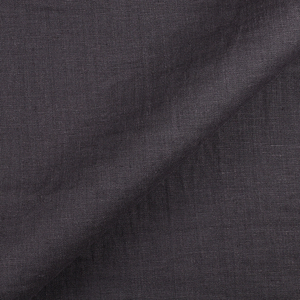



















Leave a comment